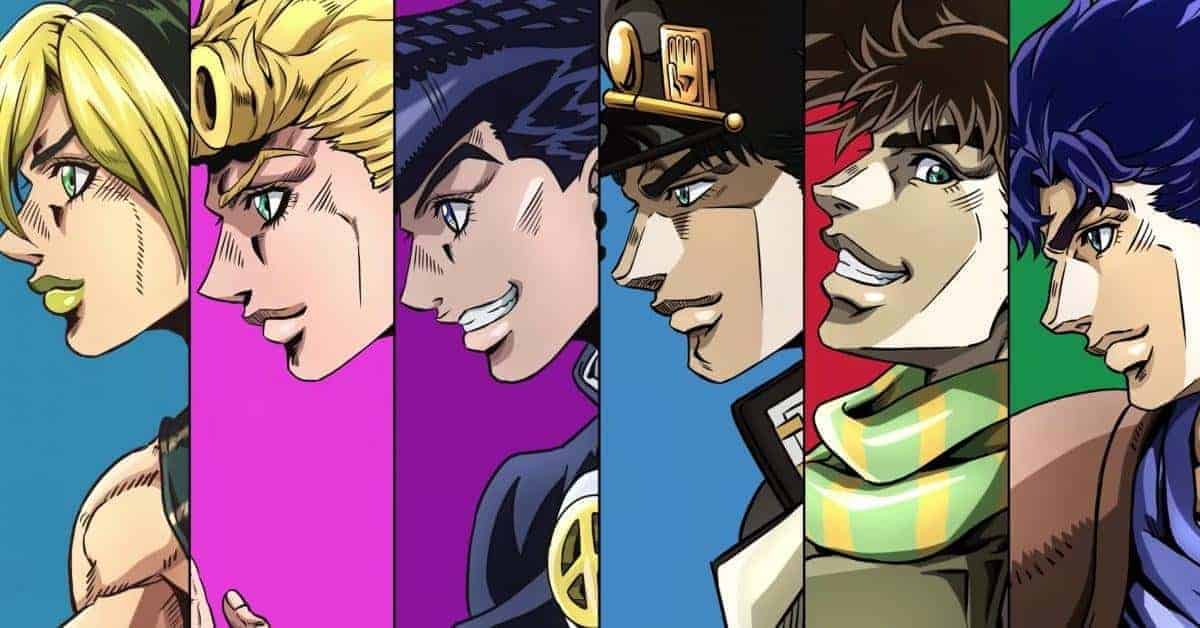Anime and Manga have gained popularity over the last few years which means the number of quality content has found a chance to be discovered and Japanese literature found a market outside the country. Today, Manga and anime are easily available in almost all native languages, and so is ‘Rohan at Louvre’ or ‘Kishibe Rohan Ruvuru e Iku, which will be our topic of conversation today.
Hirohiko Araki Louvre and its Rohan art are displayed through a work spun on the important occasion of The Louvre Invite the Comics held in 2009. Rohan Kishibe is a character from his world-renowned Manga Jojo’s Bizarre Adventure.
The advent of the Louvre in Rohan Manga is grafted into a short story and was featured at the exhibit. After this incredible feat, its popularity gained it a place in the publication Ultra Jump which released a hard copy French version of the story. The Japanese version was released in 2011.
Rohan at the Louvre meant for fans nothing less than the presence of JoJo in the Louvre. Therefore, fans were mesmerized by the carefully staged storyline, and Hirohiko Araki proved his position as a genius creator once again through the instant success of this story.
What is Rohan at the Louvre all about (synopsis)
In this story, Rohan begins his narration by asking his audience whether they had ever seen the blackest color in the world. This leads to an unfathomably clever tale, the Louvre Manga. We get to know that Rohan had always wanted to be a mangaka. He dreamt of writing a debut that could shake the world. During this time a client known to us as Nanase Fujikura comes to the inn, and our young storyteller is enchanted by her presence.
We are shown how the woman herself is looking forward to a friendship and starts telling him the story of the darkest pigment in the world. Nanase revealed that it was discovered years ago by artist Nizaemon Yamamura.
In artistic ventures, especially the ones created in East Asia even to this date (including Manga as a field) the importance of a rich black pigment can never be overstated. Creations rely on the ability of this pigment to provide depth and dimension. It is this greed for an artist’s excellence that led Yamamura to cut down an illegal tree for which he was executed. This execution of a divine tree and the artist himself gave birth to a curse, to eradicate which all paintings that contained this black pigment were burnt. That is, except one, which Nanase seemed to have seen. This painting was now at the fictional Louvre Hirohiko Araki art museum.
Later in the story, this woman and Rohan argue about him using her likeness to create a character for his Manga. In anger, she destroys all the drafts, then apologizes, after which we see her no more. 10 years had passed when a simple conversation again reminded Rohan of the existence of the cursed painting. This leads him to the whole mystery of the Rohan Louvre. Rohan finds himself in the deepest depth of the museum. The cursed painting rested in a storage room.
All of a sudden a Fireman among the group with which Rohan was visiting that cell was killed by gunshot. Many shadows began emerging from the lifeless dark storage. This scene is one of the most captivating of the Jojo art in the Louvre. The second fireman met with the same fate. Among the shadows, Rohan recognized his grandmother. He concluded that all these people were actually dead. Pierre saw his dead son who was killed by drowning, and in his quest to embrace him exploded like a balloon of water.
Then Rohan saw Nanase. Using his powers he sought to save himself from the fate of letting the weak painting use his memories, just like the other victims to bring back to form the undead and make them attack Rohan. He used Heaven’s Door on himself. When he reached the top of the stairs, he followed the second command to restore his memory.
Later in the story of Jojo at the Louvre, we learn that the evil artist Nizaemon was married and his wife was someone that Rohan knew only too well. Not only that but Nanase was a ‘Kishibe’ and actually took the help of Rohan to eradicate this terrific curse. In the end, Rohan tells us he is not sure whether the painting was burnt as the museum refused to answer his question. This is the whole truth of how Rohan goes to the Louvre.
Art and legacy
Jojo’s bizarre adventure Louvre is just another timeless addition to the critically acclaimed Araki Louvre Art for Jojo. Perhaps every Manga into the asked an artist for comics seeks to be able to draw like Araki. He is celebrated for his excruciating detailing, flamboyant and attractive body posture, a distinct take on the three-dimensional aspects that form his background, and the unique way of expressing A thousand emotions in a mostly expressionless face as we saw in the art of Araki Louvre.
His famous Araki art in the Louvre is something that is taught professionally these days. His creativity extends far beyond the Louvre Araki or even Jojo’s bizarre adventure series. Moreover, he is one of that rare Mangaka who has always delivered punctual new content without any significant breaks in his career.
His discipline and dedication towards his work without compromising on its quality is really an inspiration for those who considered him their role model. His art has changed throughout his career to match the changes in the contemporary world of fashion, beauty standards, and artistic expressions. The same can be spotted with the Araki Rohan Art. Hirohiko Araki is an artist who keeps close scrutiny on what his audience wants.
More about Hirohiko Araki
Louvre Jojo exhibit creator is the legendary Hirohiko Araki born on 7th June 1960, and best known for Jojo’s bizarre adventure, a series he has been crafting for the last 35 years. This series was first published in the weekly Shonen Jump in 1987. Apart from being a Manga artist, he is also a fashion designer the impact of which can be greatly felt in his storytelling.
Most of his other work like Jojo at the Louvre is based on action, adventure, and supernatural as well as horror-thriller elements. Another of his notable works is Boah. He is married to Asami Araki. His methodology behind delivering such consistent work is explained in a book called Araki Hirohiko no Manga Jutsu (Hirohiko Araki: Manga in theory and practice.)
Conclusion
Jojo’s bizarre adventure series is a classic in the world of contemporary Manga. Seeing it celebrated so well at the Araki Louvre Exhibit was a proud moment for every fan. Jojo’s art in the Louvre is an unforgettable moment, especially when the finished creation is as enjoyable and acclaimed as Rohan Kishibe’s art.











